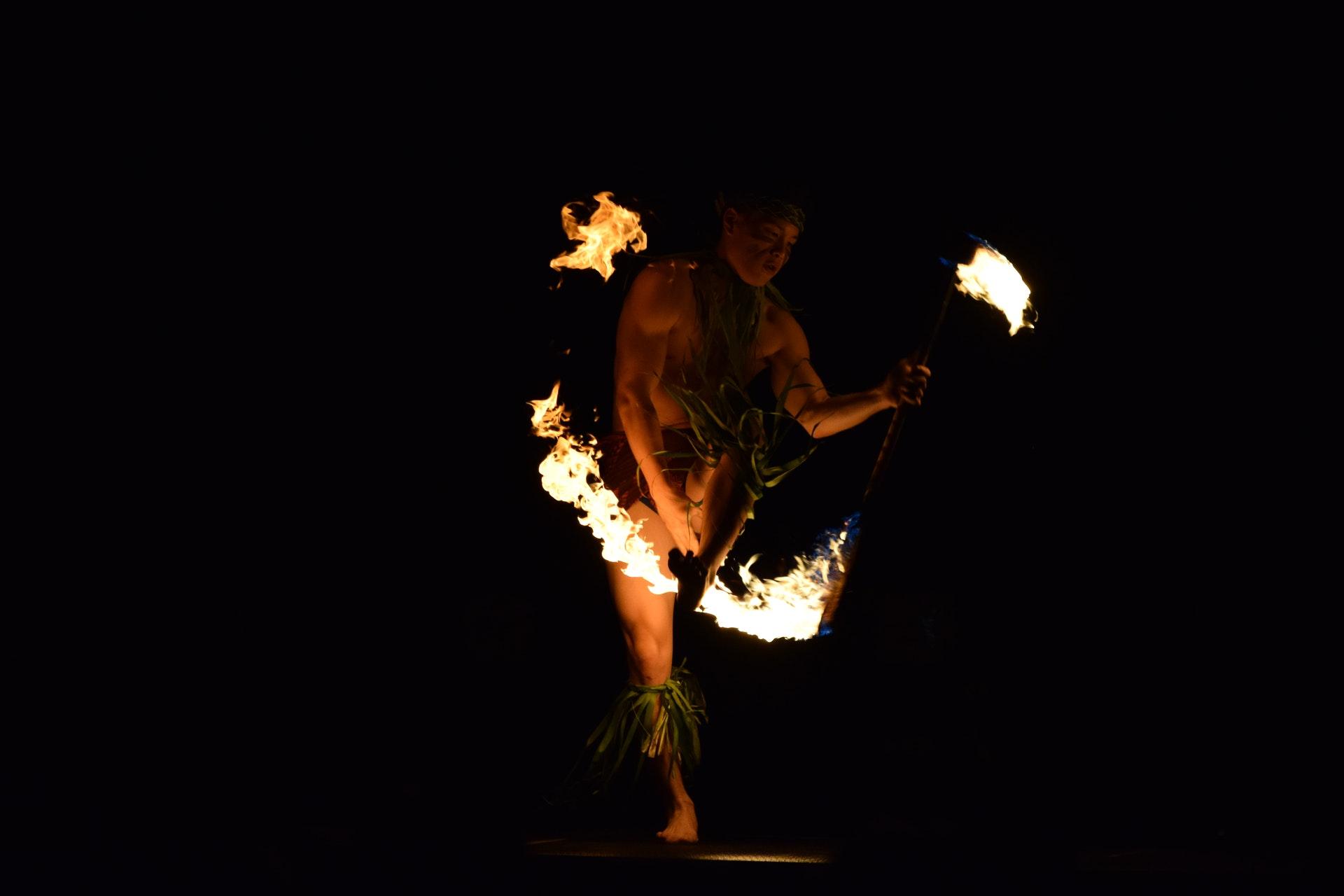Megan Shute for Only In Your State on the history of the Luau. Our luxury tours not only take you around the Big Island in luxury but educate on the amazing culture of the Big Island.
Whether you have lived in Hawaiʻi your entire life, or are vacationing in the islands for the first time, there is little more entertaining than attending an authentic Hawaiʻian luau. And while we all enjoy a luau for its food and entertainment, we wanted to take the opportunity to dive into the history of these incredible celebrations. History buffs, this one is for you.
During these uncertain times, please keep safety in mind and consider adding destinations to your bucket list to visit at a later date.
The modern luau dates back to 1819 when King Kamehameha II removed many religious laws that were once practiced. You see, social and religious taboos had forbidden men and women from sharing meals together, and in a single feast, the king symbolically banished these ancient customs by eating with women and his common subjects.
The term luau, meaning “taro plant,” came from one of the most popular dishes served at these feasts: chicken and taro plant leaves baked in coconut milk.
Royal luaus were large, lavish events that ranged in size from 100 to 1,000 attendees. In 1847, Kamehameha III hosted one of the largest luaus on record, a gathering that required 271 pigs, 3,125 saltwater fish, 2,245 coconuts, 4,000 taro plants, and so much more. King — also known as the Merry Monarch — hosted a luau for his 50th birthday and invited more than 1,500 guests.
As time passed, these feasts continued to flourish with many of Hawaiʻi’s traditional customs intact, and luaus became a staple of life as a way to celebrate a significant life event, achievement, victory in war, or the launching of a new canoe.
Dishes were enjoyed with one’s fingers, and sitting on lauhala mats on the floor, large groups surrounded tables covered with ti leaves and adorned with large centerpieces of fragrant, native flora.
On the tables, you would find fish, meat vegetables, fruits, and bowls of poi for the consumption of the Ali’i and their subjects. Kalua pork, lomi salmon, lau lau, and haupia were some of the most popular dishes served.
Over time, hula dancing — as well as Polynesian fire knife dancing — became popular forms of entertainment at these gatherings.
Rapid tourism growth and a love for Hawaiʻian culture led to the increased popularity of the luau, transforming it from a family and friends only event to a popular tourist attraction where guests can experience Hawaiʻian customs, food, and entertainment first-hand.
Local residents and tourists alike delight in the modern luau, with many luaus held for a child’s first birthday or graduation from high school and a variety of resorts putting on extravagant productions for island visitors.





